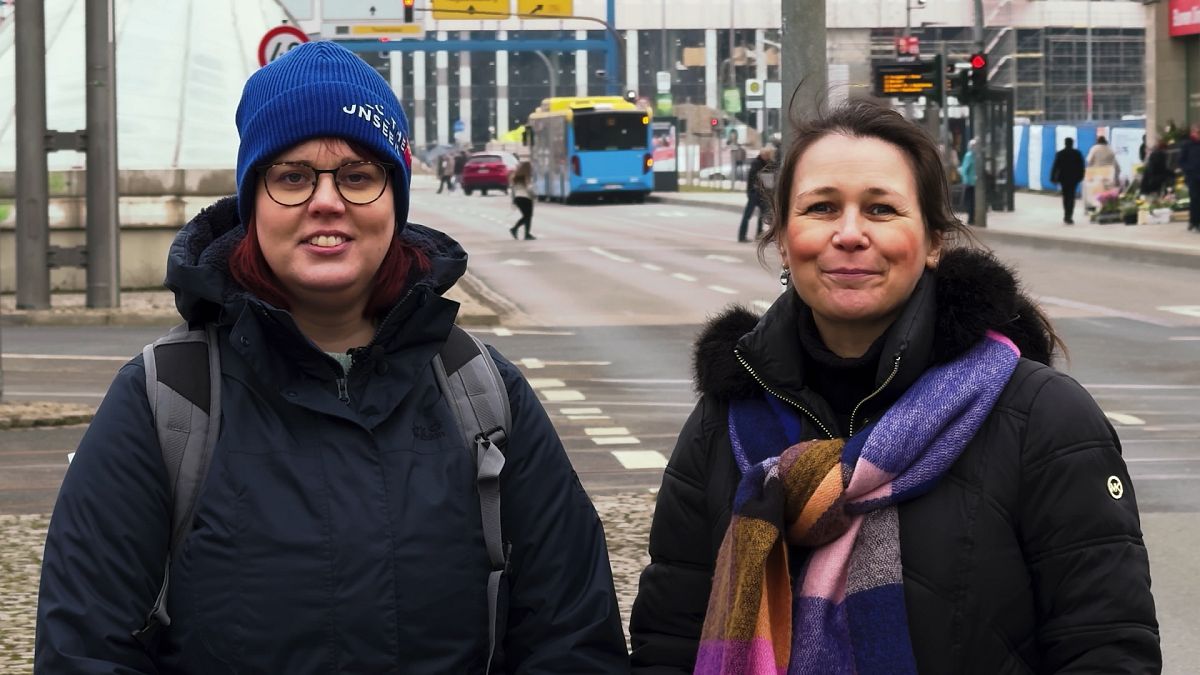There is a major city in Eastern Germany that many Europeans have never heard of: Chemnitz. Now Chemnitz is a European Capital of Culture. This has surprised many people. Loss of industry, emigration, an ageing population, right-wing extremism… Chemnitz has many problems. As a Capital of Culture, the city is now looking for its strengths.
Under the GDR regime, Chemnitz was renamed Karl-Marx-Stadt. Today, the city with a long industrial history has its old name back. The Chemnitz Capital of Culture theme: “C the unseen!“
What is a “Capital of Culture”? 40 years ago an idea originated in Greece: Each year, a “European City of Culture” is elected. The initial priority was to safeguard the common cultural heritage: The title was awarded to cities with a lot of ancient culture, such as Athens, Paris, Amsterdam and Florence.
However, that has changed since Glasgow 1990: Today, the priorities also include urban development, citizen participation and cultural diversity. More and more cities with economic and social problems are submitting bids. The title “Capital of Culture” is intended to help start a new beginning. The European Union supports the transformation process with funding. Chemnitz won the title for 2025 – together with Nova Gorica in Slovenia and Gorizia in Italy.
Sophie and Cathleen are two of over a thousand volunteers for Capital of Culture Chemnitz. “There are a lot of people who complain,” remarks Sophie, “who say that nothing will change here anyway. But that’s precisely where you have to step in and say: Of course you can change something, by lending a hand yourself.”
One third of Chemnitzers are over 60. Sophie helps with the “Dancing Neighbours” project. Alexandra Takats heads “Team Generation” as project manager. The Capital of Culture organisers strive to engage all strata of the population – whether young or old, born in Chemnitz or elsewhere: “We have many socio-cultural projects where the aim is to bring neighbourhoods together, so that newcomers with a migration background can mix with people who have lived here for a long time.”
You have to look at this in the context of the 2018 riots. Chemnitz made headlines back then. After a fatal stabbing, a right-wing extremist mob beat up people that looked foreign. The ultra-right scene is still present in the region today.
Chemnitz is also a stronghold of the AfD – a Eurosceptic party with a strong following – and a critical attitude towards the Capital of Culture project. AfD city councillor Ronny Licht: “Chemnitz is a divided city: The suggestion is that ‘the bad guys’ on the right fringe are not part of society. Then people keep talking about a ‘civil society’ that must become loud. That doesn’t unite, it divides.”
The organisers of the Capital of Culture see things differently. Project Manager Capacity Building, Pascal Anselmi: “If you try to get actively involved in your neighbourhood, that’s culture for me. The will to move something, to change something, to create something new. Don’t be passive – instead say: This is my city, I get involved, I participate. And that, of course, is democracy in the best sense of the word.”
This is also the view of sociologist Ulf Bohmann from Chemnitz University of Technology: “The Chemnitz Capital of Culture bid has a clear focus on social issues. This can really change the city in the long term – through working together. Culture can be used to try out democratic coexistence and make people more resistant to right-wing extremism.”
One of the most important Capital of Culture projects is called “Living Neighbourhood”. There are festivals in garages and parks, money for community projects where people can redesign their neighbourhoods according to their own ideas… The Chemnitz cultural recipe is simple: Get close to people, join in – and discover culture in everyday life.
Read the full article here


